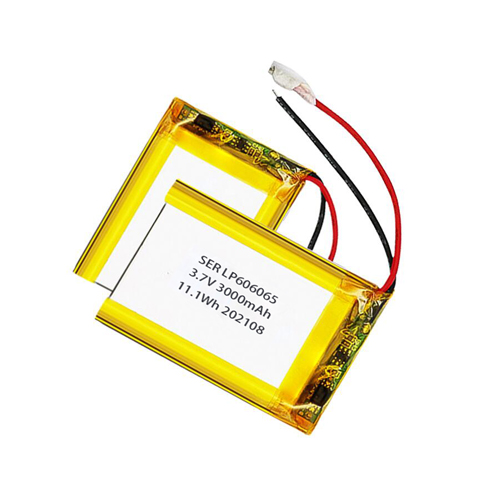Custom Ultrathin Rechargeable LiPo Battery Packs for Prosthetic Hands
Custom Ultrathin Rechargeable LiPo Battery Packs for Prosthetic Hands

In the realm of medical advancements, prosthetics have undergone a remarkable transformation, evolving from simple mechanical devices to sophisticated, biomimetic systems that seamlessly integrate with the human body. This evolution has been fueled by advancements in materials science, robotics, and, most importantly, energy storage technologies. Among these advancements, the development of custom ultrathin battery, rechargeable Lithium-Polymer (LiPo) battery packs for prosthetic hand stumps stands as a testament to the relentless pursuit of enhancing the user experience and expanding the capabilities of modern prosthetics.
This article delves into the intricacies of designing and implementing such advanced battery solutions, exploring their significance in the field of prosthetics, the technological challenges overcome, their impact on user comfort and mobility, as well as the future outlook for this exciting technology.
Introduction: The Need for Advanced Energy Storage in Prosthetics
Prosthetic hands have become increasingly sophisticated, mimicking the dexterity and functionality of natural hands to an unprecedented degree. From grasping delicate objects to performing complex tasks, these artificial limbs have transformed the lives of millions worldwide. However, these advancements come with a significant energy demand, necessitating the development of efficient and compact power sources.
Traditional battery technologies often struggle to meet these demands, falling short in terms of energy density, weight, and form factor. This is where LiPo batteries, known for their high energy-to-weight ratio, low self-discharge rates, and flexibility in design, emerge as a game-changer. By incorporating custom ultrathin LiPo battery packs into prosthetic hand stumps, manufacturers can address these challenges, enhancing both the performance and user experience.
Understanding LiPo Batteries: The Technological Backbone
Lithium-Polymer (LiPo) batteries represent the cutting edge of rechargeable battery technology. Unlike their predecessors, such as Nickel-Cadmium (NiCd) and Nickel-Metal Hydride (NiMH) batteries, LiPo batteries utilize a polymer electrolyte instead of a liquid one, enabling a more flexible and lightweight design. This, combined with the high energy density of lithium, results in batteries that can store more energy per unit mass or volume, making them ideal for applications where space and weight are critical factors.
Key Advantages of LiPo Batteries
High Energy Density: LiPo batteries can store significantly more energy than comparable batteries of the same size and weight, allowing for longer operation times without the need for frequent recharging.
Lightweight and Flexible: The use of a polymer electrolyte allows for a thinner, more flexible battery design, making them well-suited for integration into prosthetics where form factor is crucial.
Low Self-Discharge: LiPo batteries experience minimal loss of charge when not in use, ensuring that the device is ready to use when needed.
No Memory Effect: Unlike NiCd batteries, LiPo batteries do not suffer from the "memory effect," eliminating the need for complete discharge cycles to maintain battery health.
Designing Custom Ultrathin LiPo Battery Packs for Prosthetic Hands
Designing a custom ultrathin LiPo battery pack for a prosthetic hand stump involves a multi-faceted approach, balancing technical requirements with user needs and constraints. The process typically involves several key steps:
1. Understanding the Application Requirements
The first step involves a thorough understanding of the prosthetic hand's operational requirements, including power consumption, operating voltages, and desired battery life. This information is crucial for determining the capacity and specifications of the battery pack.
2. Battery Cell Selection and Configuration
Based on the application requirements, suitable LiPo battery cells are selected. These cells are then configured into a battery pack, either in parallel (to increase capacity) or in series (to increase voltage). The configuration must carefully balance the need for high energy density with the constraints imposed by the prosthetic's design and weight limitations.
3. Battery Management System (BMS) Integration
A Battery Management System (BMS) is an essential component of any LiPo battery pack, especially in safety-critical applications such as prosthetics. The BMS monitors the battery's state of charge, temperature, and voltage, ensuring safe and efficient operation. It also prevents overcharging, over-discharging, and other potential hazards, protecting both the battery and the prosthetic hand.
4. Form Factor and Integration
The battery pack must be designed to seamlessly integrate into the prosthetic hand stump, maintaining a low profile and minimizing disruption to the user's natural movements. This often involves custom molding and the use of lightweight, durable materials to minimize weight and maximize comfort.
5. Charging and Recharging Solutions
Charging solutions must be designed to safely.





